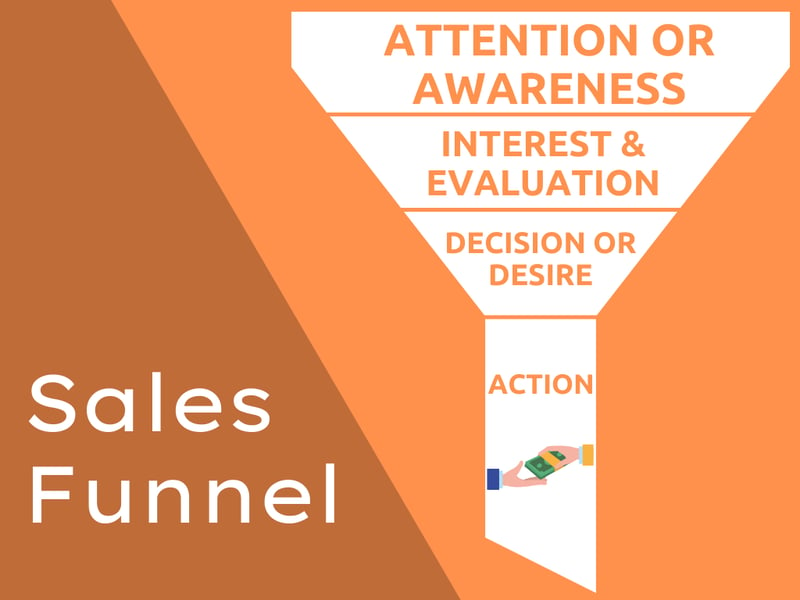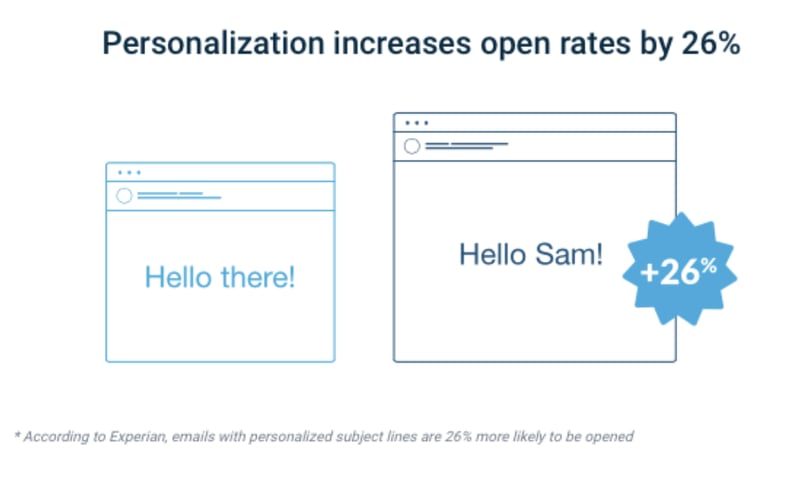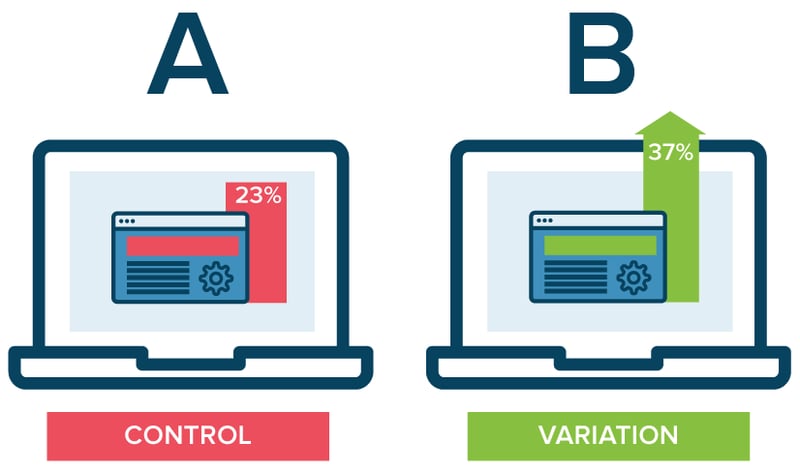For most businesses, sales prospecting generates significant growth. If you are wondering how to get more customers, there are countless strategies. However, particularly for B2B firms, sales prospecting should be near the top of the list.
It helps businesses to keep their sales funnels full. Proactively reaching out and exploring the market helps find good leads, nurture them, and increase sales.
Cinderella work
For many, sales prospecting is an unglamorous sales activity. Finding leads and contact details is hard work and time-consuming. And there’s no instant payoff. Rejection vastly outnumbers the handful of positive or lukewarm responses. It can feel like Cinderella-work: all that hard labor but so little reward!
But it should not feel that way. It should be a valued and integral part of every business’s sales and marketing.
This article offers ten tips on sales prospecting, giving this Cinderella task the limelight it deserves!
1. Value sales prospecting
Sales prospecting involves finding the customers who will most benefit from your service. It is finding the correct email address, reaching out, recognizing their pain, and offering a solution. The focus is on initiating a relationship and enticing the prospect to discover more.
It is a numbers game. Many respondents will ignore your approaches. However, by incorporating a go-to-market strategy, you can ensure that your approach is well-structured and targeted.
Customers increasingly make buying decisions on their terms. They want to feel as if they have done the research, compared the alternatives, and reached the right decision.
The sales prospecting strategy needs to accommodate this trend, and it should be factored into your team’s workflow chart templates.
A cold call or email does not guarantee a sale. But it does not need to. It only needs to ensure the prospect knows about your service, how it might help them, and how they can find out more. An email builder can offer you numerous templates to help you make this initial contact as effective as possible.
Frame sales prospecting as a long-term investment in nurturing meaningful and valuable customer relationships. You are building awareness: creating exciting starting points rooted in excellent customer care.
2. Define your ideal customer profile
List the firmographic or demographic characteristics that best describe your users. Consider sector, geographical location, stage of development, size, and financial situation. Define what pain or problem your service solves, then diagnose this symptom in the market.
3. Identify prospects
Your ideal customer profile is a sieve with which you can filter the market for prospective leads. Doing this requires a lot of hard work. It may involve researching websites or databases. Third-party software is also available that can support market filtering.
Target individuals within an organization. Approach more than one employee and identify someone at a more senior level where possible.
It is worth doing this well. It will provide an invaluable list of qualified prospects. And it should also enable you to understand their individual needs - great for personalization.
4. Plan the funnel
The sales funnel maps out the steps leads take before purchasing and becoming a customer. It moves them through awareness, interest and evaluation, desire, and action.

Mapping things from the lead’s perspective is crucial:
- It anticipates what leads will need at each step. Leads need appropriate levels of detail at each step, building interest without overwhelming. It sets out what will happen whether or not initial approaches are responded to. It identifies a Call To Action (CTA) for each step.
- It brings coherence and ensures that leads are neither rushed nor ignored. It recognizes that some will need more time and input at the awareness stage and plans steps accordingly. But it also plots what will happen if the lead is ready to advance.
A well-planned funnel ensures that sales prospecting work will lead somewhere. It documents how a sale, when it comes, is the culmination of a whole sequence of activities often founded upon effective sales prospecting.
The best funnel puts the customer’s needs and preferences at its heart. After all, present-day organizations and consumers are more proactive and informed about their purchasing decisions.
A considered plan lets the customer set the pace, giving them time to ponder or talk to colleagues. For instance, if you’re an accountancy firm, you wouldn’t go straight into sending your proposal for bookkeeping services. You would start more gently, building a relationship of trust first and culminating in this.
Effective sales funnels empower would-be customers with the information they need while offering them the communication channels they prefer. Pulling all this off is complicated. Utilizing one of the customer engagement platforms available may help make it manageable.
5. Personalize the prospect’s experience
Would-be customers are far more likely to engage if they feel understood straight away. Utilize the intelligence gathered in step three above to personalize communication.
Whether via a cold call, email, or social media, personalizing communication helps initiate a relationship. It is also an opportunity to show how your service could support their business. Do they desperately require management training, or do they want to create a website? You should know exactly what your client needs. And when you’re more attuned to your customer's needs, you can start using call routing software to connect prospects to the right agent.
Think about the individual as well as the organization. You could comment on blogs or videos created by the respondent. Or describe how your service could support them in their role.

6. Go, prospect!
With all the above in mind, you’re ready to go! Get crafting those initial communications, send them out, and see what happens.
As part of your funnel plan, you should have considered which channels are likely to be most relevant to your prospects. For example, would cold email, LinkedIn, or cold-calling be most effective?
That will vary depending on the industry. For example, real estate agents love their phones and are more likely to answer. Find out what other businesses in your sector are doing. If you are still uncertain, experiment across a range and monitor the results. Helpfully, with a business SMS service, you could bring together a range of channels as you build the relationship.
Whatever channel you utilize, keep your communication short, tight, and natural. Be yourself. You want to give enough information to pique the prospect’s interest without overwhelming them. You can add extra detail at each subsequent step. Include a clear CTA, e.g., how to book a demo.
Contacting people cold may seem destined to fail. However, if you’ve got your ideal customer profile right, used it effectively to filter for prospects, and handle phone or email contact skillfully, your communication could be a blessing. Yes, it may be uninvited, but you’ve given yourself the best chance of success.
And always remember your sales funnel. Sales prospecting is an ongoing process of relationship building, not a quick win-or-lose moment. The follow-up is every bit as important as the initial approach.
7. Provide great content
Providing great content that effectively markets your products and services is an emerging e-commerce trend as more and more business owners recognize its benefits.
Just as high-quality, engaging content is integral to an effective ecommerce website, perhaps along with the use of exit-intent technology, high-quality, engaging content is integral to an effective sales and marketing strategy. Not least, it’s valuable support for your sales funnel.
A bank of interesting and up-to-date content - blogs, videos, or reports - is a great way of demonstrating authority. For example, you could publish a video about what to look for when choosing cloud call center software. And by providing different levels of detail, you can drip-feed it into your sales funnel at the appropriate steps to nurture awareness and trust.
Research the best VoIP for call center solution to help your team share its advantages in a video on the topic and give your team the tools to engage via customers’ preferred channels.
8. Monitor efficacy
You’re prospecting. Great. But don’t forget to monitor the efficacy of your methods. What seems to be working well? What is not?
Double down on the most successful tactics. If cold emails are getting a better response rate than cold calls, then prioritize those going forwards.
Experiment with elements of your funnel. What happens if you increase the time between communications? What if you include a video in emails to demonstrate the benefits of your service? A/B testing offers a good framework for such curiosity.

This need not mean constant meetings! There are numerous great meeting alternatives. Collect insights and ideas by having your funnel plan (and associated email templates, call scripts, and so on) as Google docs. Review these regularly to consider tweaks.
9. Invest time
Sales prospecting requires a significant investment of time. It is not just the identification of viable prospects. It is also the communication itself, nurturing relationships and building trust over a longer time frame.
But, with ongoing effort, you can keep your sales funnel full of leads. Some experts suggest setting time aside every day or every week. It can help to set targets. For example, ‘send out 75 cold emails per week’.
Stick to your funnel plan, even as it evolves. Ensure that follow-up communication takes place as planned. Make sure the right information is ready to be drip-fed to leads as per the plan. Without such discipline, you risk funnel leakage - prospects draining away.
It takes time. And it will be frustrating when good leads come to nothing. But, remember: it is both a long game and a numbers game.
10. Make it fun
If seen as a quest for quick sales, prospecting is bound to be disheartening. Frame it as planting seeds for future success.
In this light, sales prospecting becomes a rewarding and intriguing exercise. Keeping your funnel full is a fascinating challenge. Encourage curiosity. Make it fun. There is immense scope to experiment and learn from the process.
Prospect to drive growth
The reward is higher long-term sales, driving the business onward. Make this link explicit: how many sales grew out of prospecting? Monitoring conversion rates of prospecting efforts can, over time, help with sales forecasting.
Of course, there are other ways of nurturing sales. You could, for example, utilize referral program software for small businesses to give your inbound sales a boost. But a proactive prospecting strategy is compulsory in today’s competitive world.
So keep plugging away. And keep experimenting to find what works best.




